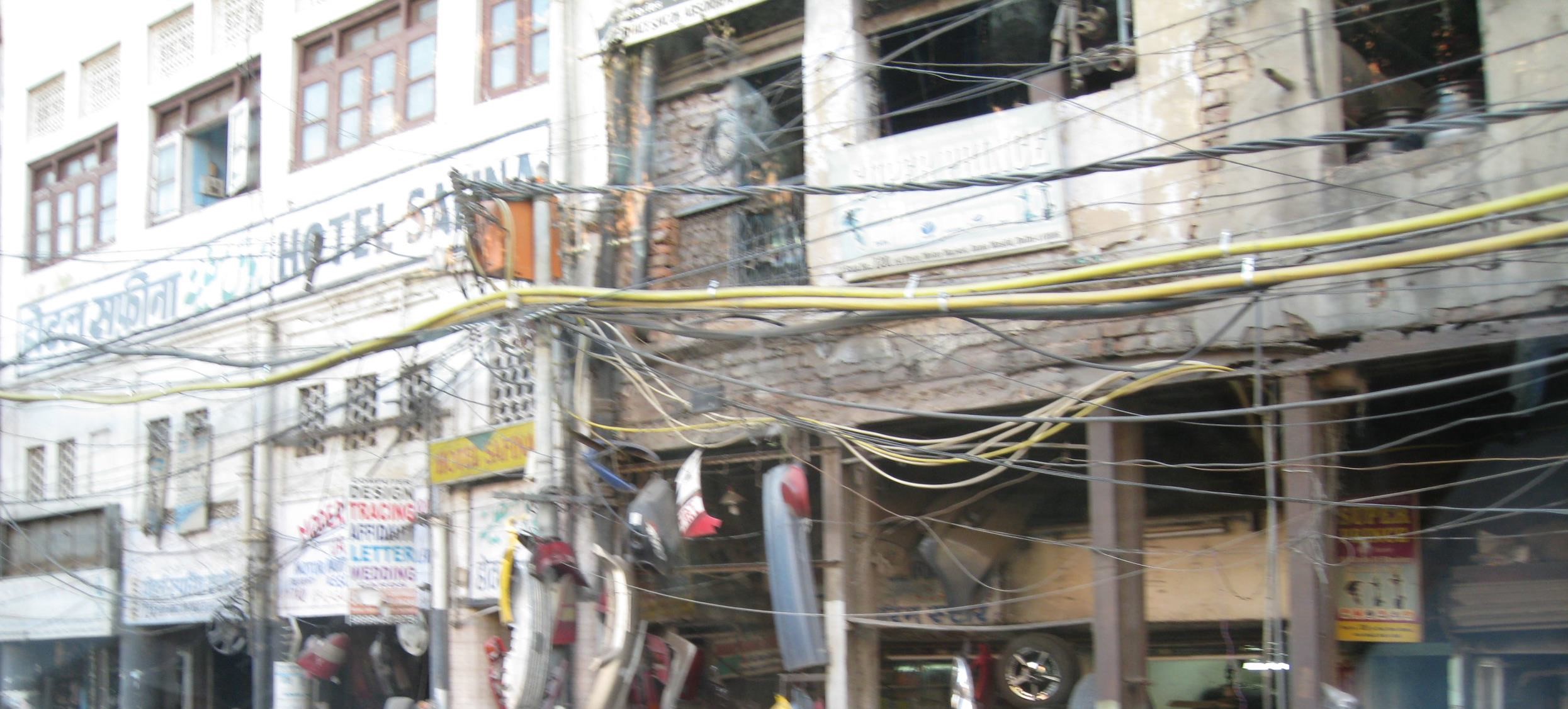Separating data from applications that use it

I’d like to share work we are doing to shape the information architecture of the NHS. I joined an eclectic group of experts from the UK and US to discuss how we can achieve the policy commitment to “separate the data from applications”. In effect, to unlock the data held in operational systems (care records, rostering, HR, finance etc.) and make those data available to be use in other applications or for analytics.
The key is to move from the range of syntactic interfaces designed for specific use cases towards a common semantic record format secured in containers called online data stores. A person’s record (care record and duty roster) could be copied into one or data stores (perhaps one care record data store for each care provider).
How would all this work – a common data model, a common set of ontologies and a common design for the data containers. We already have the candidate ontologies, such as SNOMED CT, dm+d, UCUM. There are candidates for the care record format though the group concluded FHIR was not a natural structure to persist/store data. FHIR is a candidate for the APIs that applications would use.
The three days were wonderful, exhausting and thought-provoking. Its clear that we can make progress but that much still needs to be done. In many cases, the meaning locked in a care record depends on the templates used to record a patient’s circumstances and the care planned and given. The configuration of the record systems is going to be as important as the records.
Micro-clinical models
For us to integrate care for each patient we are going to need to share forms, scales, assessments, templates, archetypes etc. across the health and care system. Some of these will be large structures, with the PRSB Core Information Model possibly being the most inclusive; many more will be small and specific, such as a height measurement used as a component of a body surface area and body mass index calculation. Each of our clinical systems holds these reusable components in diverse ways. Understanding, cataloguing and mapping the diversity will depend on a federation of catalogues working as one. We’ve been demonstrating that capability with our new tooling for the NHS Data Model and Dictionary, Mauro Data Mapper.
The last couple of years have been transformational for the NHS and digital technology. I’m continuously amazed by how NHS Digital’s Information Representation Services team delivers and how we find our products are at the heart of NHS operations. A good example is finding that our Bronze FHIR API for organisational data is being used in the COVID passport application. As with many of our products and services, its only when things go wrong that we are valued. In that case, the COVID passport app failed when the API was overloaded earlier this week. The service is being uplifted to Platinum and we’re looking at alternative ways of providing it.
It’s often said, but
what we do really does matter.
The ISO/IEEE 11073 standards family with its device domain information model (DIM) might serve as a suitable micro-clinical-model for data originating from personal health devices, medical devices and cyber-physical medical systems.
I think you are right Jörg-Uwe – they provide the smallest models focused on the outputs of personal health and medical devices and work with low power consumption and often commodity networks like Bluetooth. These then need to fit into larger clinical models which have information the device cannot capture. For example a sphygmomanometer may not know whether someone was resting, sitting, standing, sleeping or exercising.
Great article. As a clinician (Orthopaedic Surgeon) on the frontline this interests me somewhat. Data persistence is key with semantic data architecture making it interoperable by design. There are many standards and i think it gets very confusing. There are messaging standards (HL7, FHIR) and there are data persistence standards (openEHR, ISO….). What are your thoughts on openEHR? Its mentioned in another of your very informative articles but I see your invested in the Mauro Data Mapper. How does the Mauro Data Mapper fit in with openEHR? Is it competing or complementary? Data architecture ecosystems in the NHS and in general international healthcare needs a-lot of work and I would argue that all clinicians and healthcare workers need to be involved not just informaticians. How I see it (not invested in any standards) is that openEHR seems to align with clinicians and patient focused standards in healthcare data. With clinical modelling and archetype development at its heart through consensus and community approach. I could see that if PRSB engaged and supported openEHR (rather than solely relying on FHIR) it would be the ideal data persistence standard. This would fit in with the panacea of federated data platforms that has recently gone out to tender in the NHS.